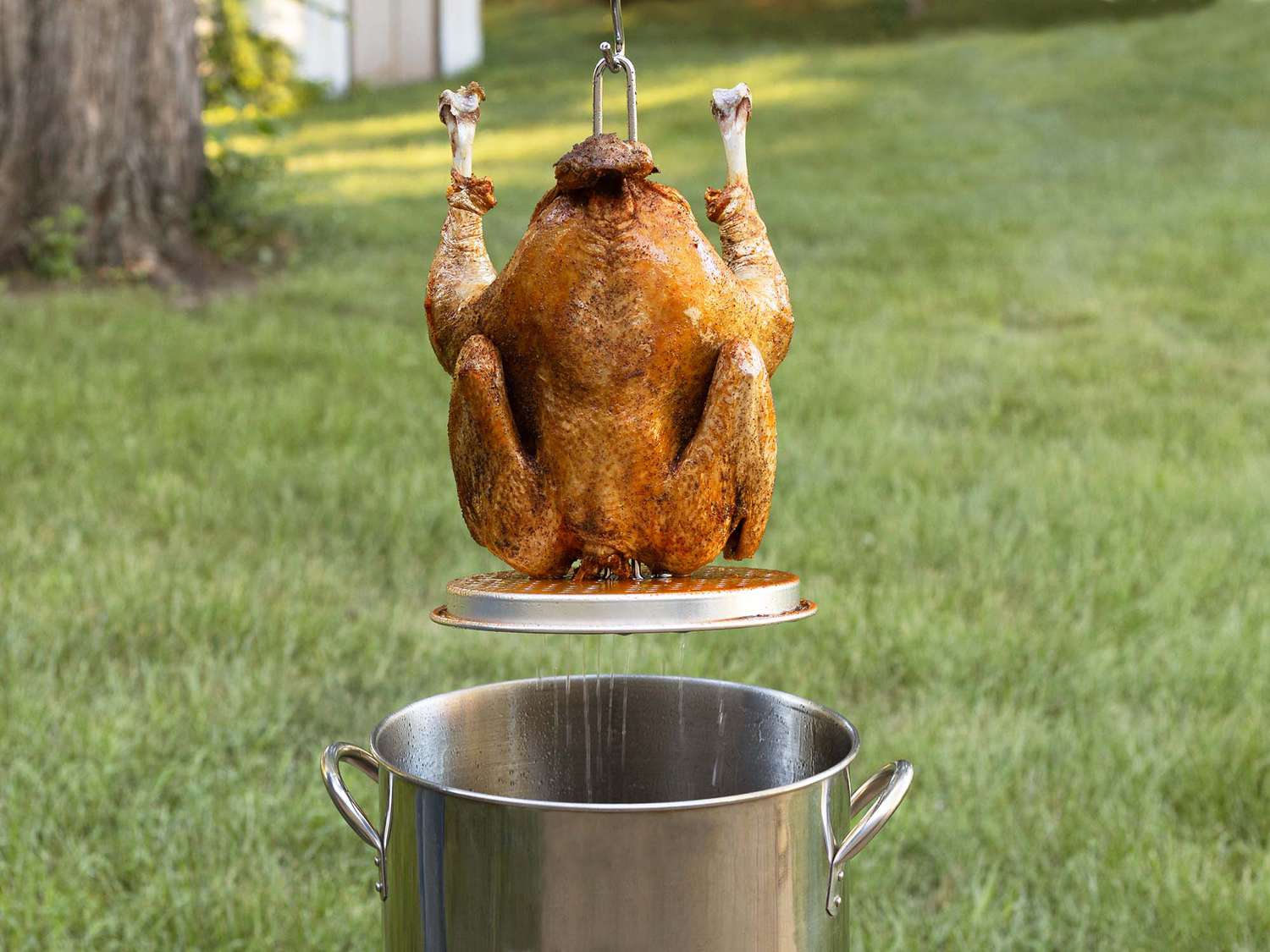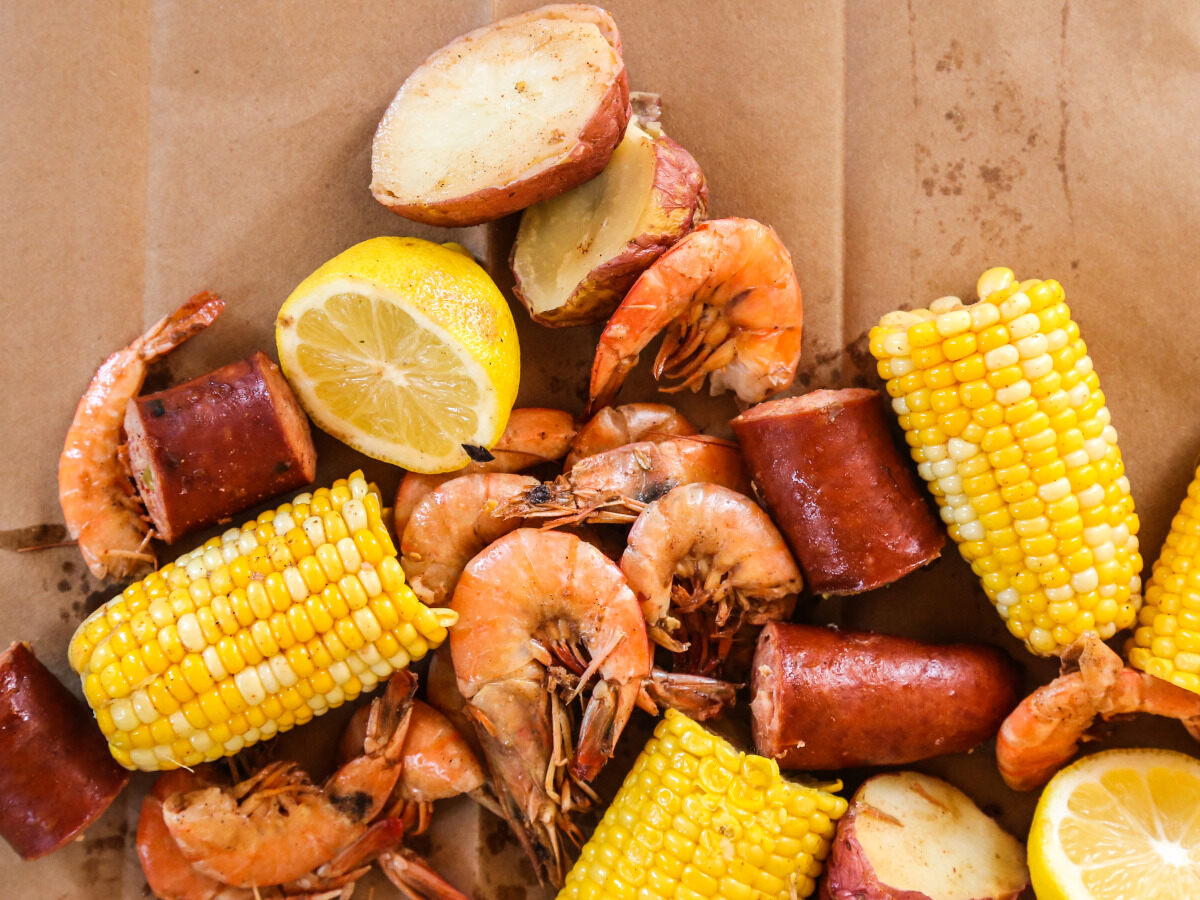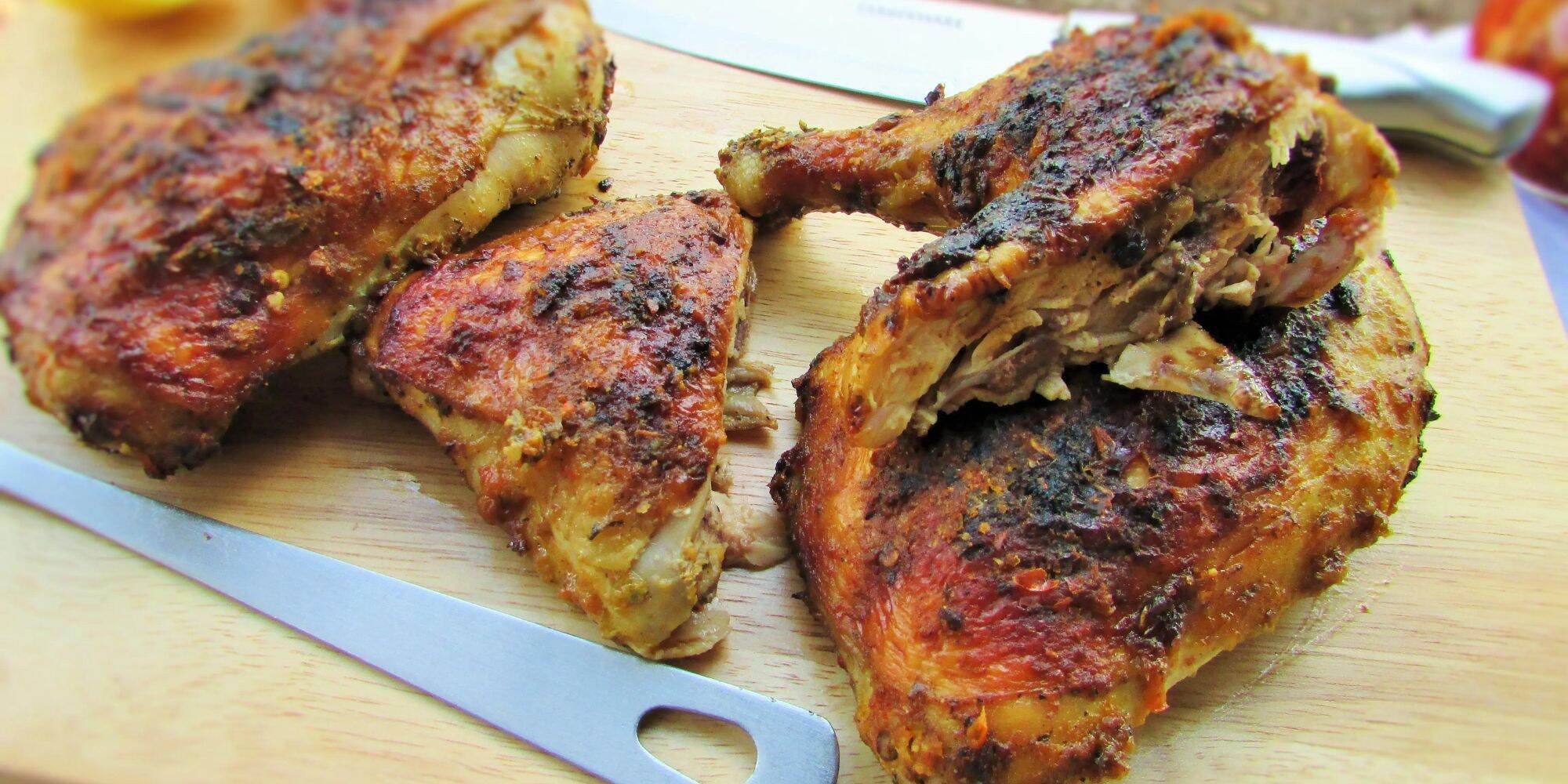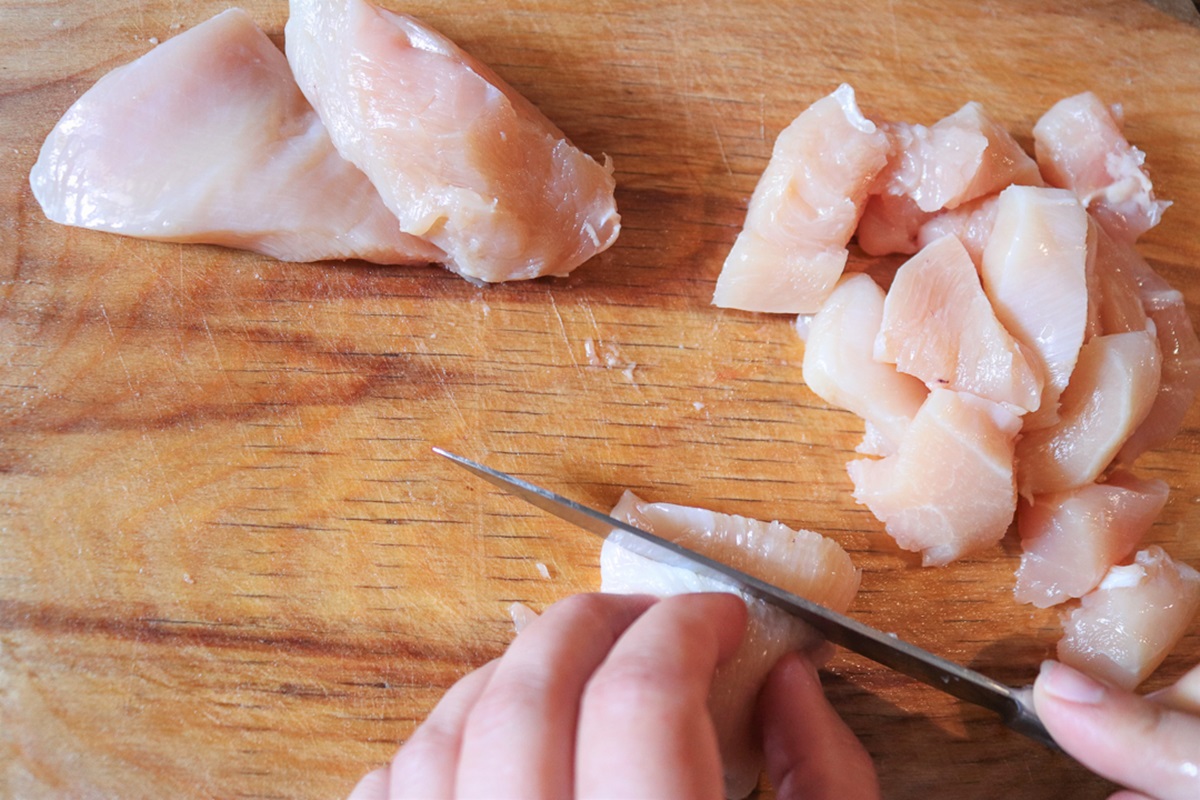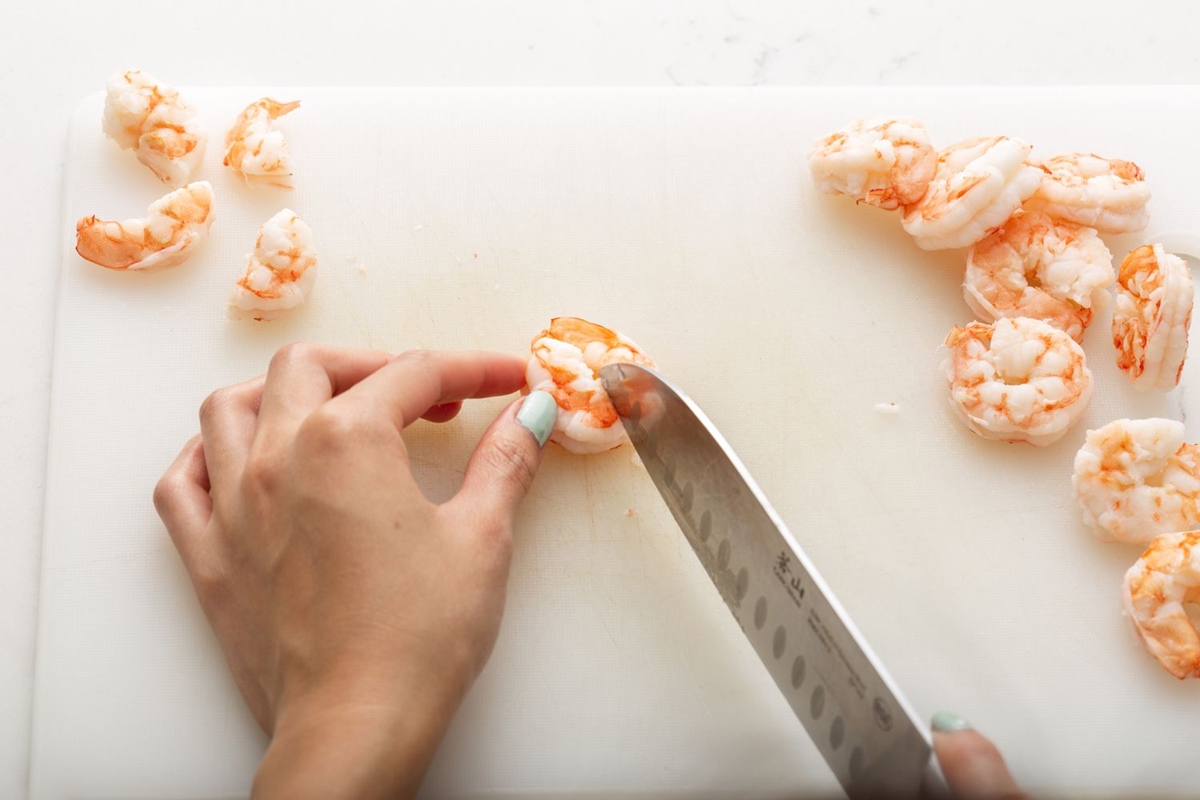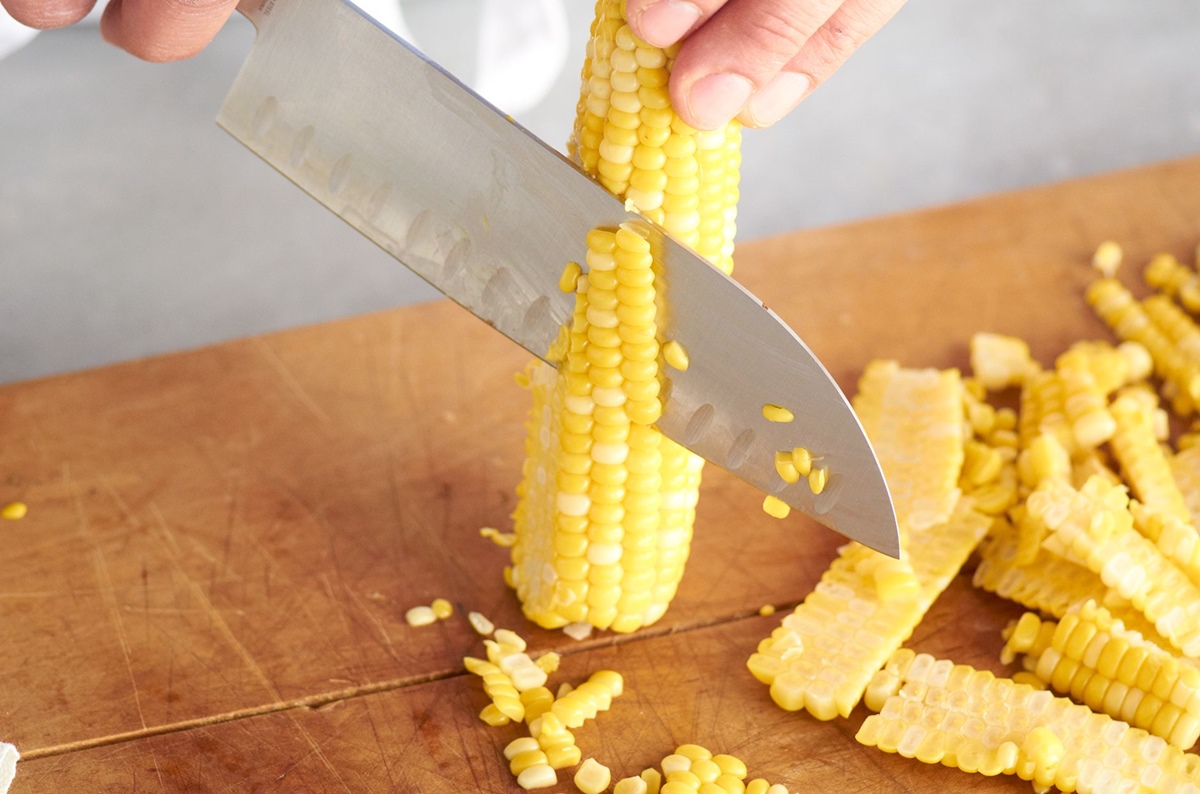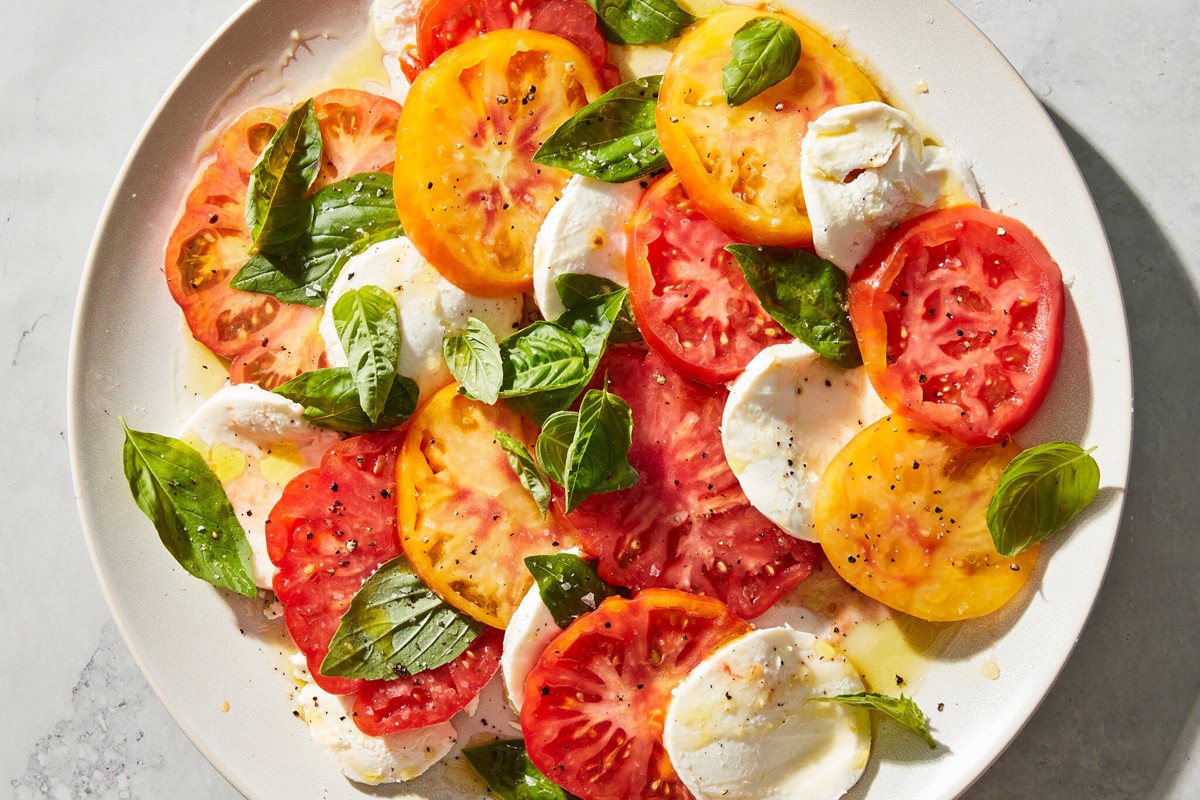How To Cut Spice In A Sauce: Savor the Flavor Without the Fire
There’s nothing worse than preparing a mouth-watering dish, only to realize that it’s way too spicy to handle. We’ve all been there – it’s frustrating and disappointing. But fear not, fellow food lovers! In this article, we’ll share some expert tips on how to cut the spice in a sauce, allowing you to savor the flavor without the fire.
1. Dilute with a Neutral Base
One effective way to tame the heat in a spicy sauce is to dilute it. By adding a neutral base, such as water, broth, or coconut milk, you can reduce the concentration of capsaicin, the compound responsible for the spiciness. Start by adding small increments and taste as you go, until you achieve your desired level of heat.
2. Balance with Sweetness
When it comes to cutting spice, sweetness can be your best friend. Adding a touch of sweetness helps to balance out the heat and bring harmony to your sauce. Try incorporating honey, sugar, or a splash of fruit juice to counteract the spiciness. Remember to add sweetness gradually, as a little goes a long way.
3. Use Dairy to Soothe the Burn
Dairy products are known for their ability to provide relief from spicy dishes. Adding a dollop of yogurt, a splash of cream, or a generous amount of cheese to your sauce can help soothe the burn. The proteins in dairy work by binding to capsaicin, reducing its impact on your taste buds.
4. Acidic Elements for a Tangy Twist
Acidic ingredients, such as lemon juice, vinegar, or citrus zest, can help cut through the spiciness and add a tangy twist to your sauce. The acidity helps to counterbalance the heat, creating a well-rounded flavor profile. Experiment with different types of acid until you find the perfect balance for your taste buds.
5. Bulk Up with Non-Spicy Ingredients
To mellow out the spice, consider adding non-spicy ingredients to your sauce. Chopped vegetables, like bell peppers, carrots, or onions, can add texture and flavor while diluting the heat. Additionally, starchy elements like potatoes or grains can absorb some of the spiciness, making the overall sauce less intense.
6. Be Mindful of Spices and Herbs
While it may seem counterintuitive, adding certain spices and herbs can actually help cut the spice in a sauce. Ingredients like cilantro, mint, or basil have cooling properties that can provide relief from the heat. Alternatively, you can balance the spiciness with complementary spices, such as cumin or turmeric, to create a harmonious flavor profile.
Remember, cutting the spice in a sauce is all about finding the right balance. Don’t be afraid to experiment, taste as you go, and adjust accordingly. With these expert tips in your culinary arsenal, you’ll be able to enjoy flavorful sauces without overwhelming your taste buds with excessive heat. Happy cooking!
For those looking to master the art of balancing spice in their dishes, there are several recipes worth exploring. The Creamy Tomato Basil Pasta is a great starting point for those wanting a harmonious blend of flavors without too much heat. For a mix of creamy and spicy, the Creamy Cajun Shrimp Pasta offers a delightful challenge. If you're in the mood for something with a bit more kick, but still balanced, the Spicy But Balanced Chili Con Carne will be a perfect test of your newfound skills. The Mellowed Spicy Thai Curry provides an opportunity to experiment with toning down the spice while keeping the exotic flavors intact. Lastly, the Sweet and Spicy Chicken Wings are an excellent choice for those wanting to balance sweetness with a manageable level of heat. Each of these recipes will help you become more adept at adjusting spice levels to suit your palate.
Was this page helpful?
Read Next: How To Add Spice To Your Passover Seder
